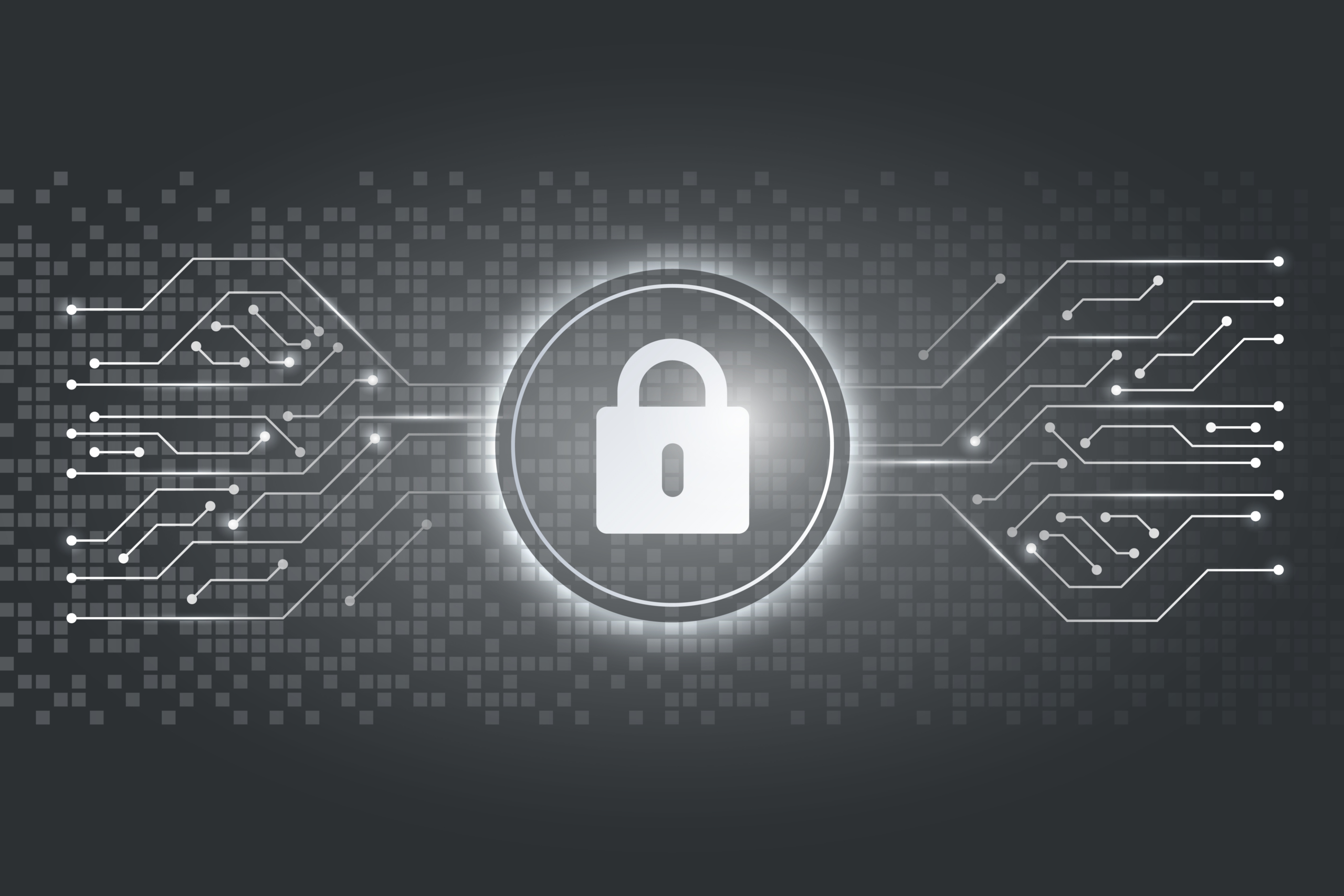What Is Data Encryption?
Data encryption is the translation of data into code that can only be changed back with a decryption key. It secures data by making it accessible only to those already possessing the key. Data before encryption is referred to as plaintext, while encrypted data is referred to as ciphertext.
There are two main types of data encryption: symmetric and asymmetric encryption.
Symmetric Encryption
In symmetric encryption, only one key is used. That single key both encrypts and decrypts the data. For example, if two persons exchange encrypted messages, an algorithm encrypts the outgoing message sent by one person. Then the same algorithm reverses the encryption, deciphering the message for the recipient. This can be done using block algorithms or stream algorithms. Therefore, symmetrical encryption requires less computing power and is the faster method.
Asymmetric Encryption
On the other hand, asymmetric encryption uses a pair of keys—one public and one private. Each key is unique, but they are related to each other. The public key, which multiple people may use, is what encrypts the data. Only the private key can decrypt it, meaning only authorized recipients can access the data. Asymmetrical encryption requires more computing power but is the more secure of the two methods.
Why is Data Encryption Important?
The primary purpose of encryption is to protect data and maintain confidentiality, regardless of whether the data is at rest or in motion. In addition, it ensures the following three things:
- The encryption process ensures that the origin or source of the data is verified as authentic.
- Encryption prevents the data from being tampered with or altered, so the user is assured of its integrity.
- Non-repudiation. The encryption and decryption process identifies the parties involved in accessing, gathering, sending, and/or receiving data using the keys. The parties involved cannot later deny having accessed, sent, or received the data.
It also provides viable cybersecurity solutions for some of the vulnerabilities caused by digital transformation and emerging or evolving technologies.
- Communication and collaboration. Having a remote workforce, allowing staff to use their own devices, and the increase of third-party vendors can put communication and collaboration at risk. Encrypted emails and messages solve these issues, as well as help organizations meet compliance regulations.
- Data-loss prevention. Data encryption is the best solution for data-loss prevention. Using applications that intelligently encrypt data, whether at rest or in motion, is a best practice for any organization.
- The introduction of malware. Edge devices, removable devices, employee devices, and cloud and web applications can become vulnerable access points for malicious parties to introduce malware into a system or network. Encryption can protect these endpoints and the critical systems they are connected to.
Robust Networks offers technology consulting and services that can help you determine if your organization’s data has become vulnerable and how data encryption can help. Connect with Robust Networks today to start finding network solutions that will work for you.

